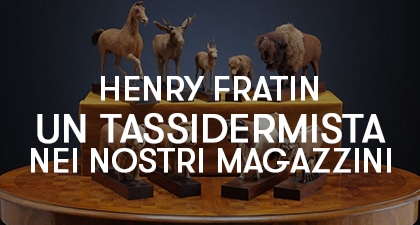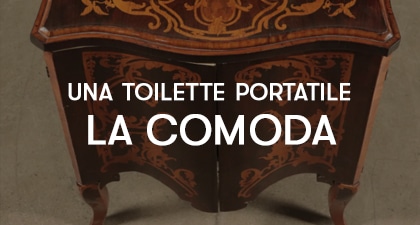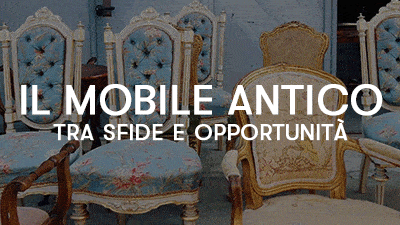
Autobiographical Notes
Henry Thomas Peters was a cabinetmaker in Genoa during the first half of the 1800s. An eclectic figure, he divided his time between artistic and political commitments in the social life of those years.
Born in Windsor in 1792 to a French mother and an English father, he trained in the craft of cabinetmaking and carving likely in his father’s workshop. He arrived in Genoa in 1917, where he settled and where he died in 1852.
Artistic Commitment
In the Ligurian city, he won the favor of some of the most prominent families: the Brignole-Sale, De Mari, and, especially, the Durazzo, who gave him the opportunity to open an independent workshop on Via Balbi. This was a cutting-edge workshop equipped with the first industrial machines for woodworking and organized “in the English style,” not only for the production chain but also for the construction techniques and materials most commonly used. Henry Thomas Peters, in fact, built with the typical joinery techniques he had learned in his homeland. He preferred oak wood for the structural parts and the valuable mahogany for the visible parts. A port city like Genoa favored the procurement of this exotic wood.
Especially at the beginning, his furniture was made in the Regency style, which he was familiar with and which was very successful for its severe yet elegant charm.
Thanks to the refinement and high quality of his furniture, Henry Thomas Peters was commissioned in 1828 by the Savoy family; initially for the Royal Palace of Genoa, and later for other residences, creating furniture for the Royal Palace of Turin and, above all, for the Castles of Pollenzo and Racconigi.
Artistic Influences
His close collaboration with Gabriele Capello and, above all, the guidance of Pelagio Palagi marked an important point of growth for him. Palagi’s modern taste and the group of artisans and artists working with him had a strong influence on Peters, particularly in freeing him from the English taste that characterized him, allowing him to experiment with new directions.

The Castello di Racconigi was, for example, a large construction site where he sometimes participated as a mere spectator, and other times in the creation of rooms in various styles, from the Etruscan cabinet made by Capello to the neo-gothic furnishings. During this period, Peters also formed a friendship with Pelagio Palagi, to whom, in dark times of his life, he wrote letters asking for help.
Works
Our artist, therefore, continued producing furniture in the Regency style, alongside eclectic furniture, both characterized by a great quality of craftsmanship.

In the catalog of Dimanoinmano, we can see, in the more typically Regency style, the furniture of a library.
In this regard, we highlight the mahogany credenza, very similar to the one that Peters made for King Carlo Alberto and the library with double desk made for the Brignole-Sale, now preserved at the Palazzo Rosso in Genoa.

In the eclectic style, around the middle of the century, the salon was made for the Durazzo family in ebony, now published in our catalog. The furniture was created in a neobaroque taste, revisited in an eclectic way with gothic ornaments integrated into the decorative structure.

The virtuosity reaches its peak in the carving, especially in the figures holding the armrests of the chairs and sofa. It was made even more precious by being entirely crafted in ebony wood. This salon, published and studied by Antonella Rathschuler, represents an absolute rarity and is signed with its stamp on the drawers of the writing desk.
Political Commitment
Although he worked for kings and received numerous recognitions, Henry Thomas Peters spent the last years of his life in poverty. This condition is attributable only in part to the size of his family (he had twelve children and two wives). In reality, as well summarized by Rathschuler, Peters was the victim of a scam and injustice, relentlessly pursued by corrupt officials.
His political views seem to have put him at a disadvantage with the authorities. A declared liberal, he was a friend of Mazzini, with whom he shared some positions. He also wrote several pamphlets in which he openly expressed the dream of an Italy as a constitutional monarchy under Carlo Alberto of Savoy.
His writings, however, often contain a personal outburst against the power of corrupt officials, evidently influenced by the abuses he suffered that led his family to ruin.








